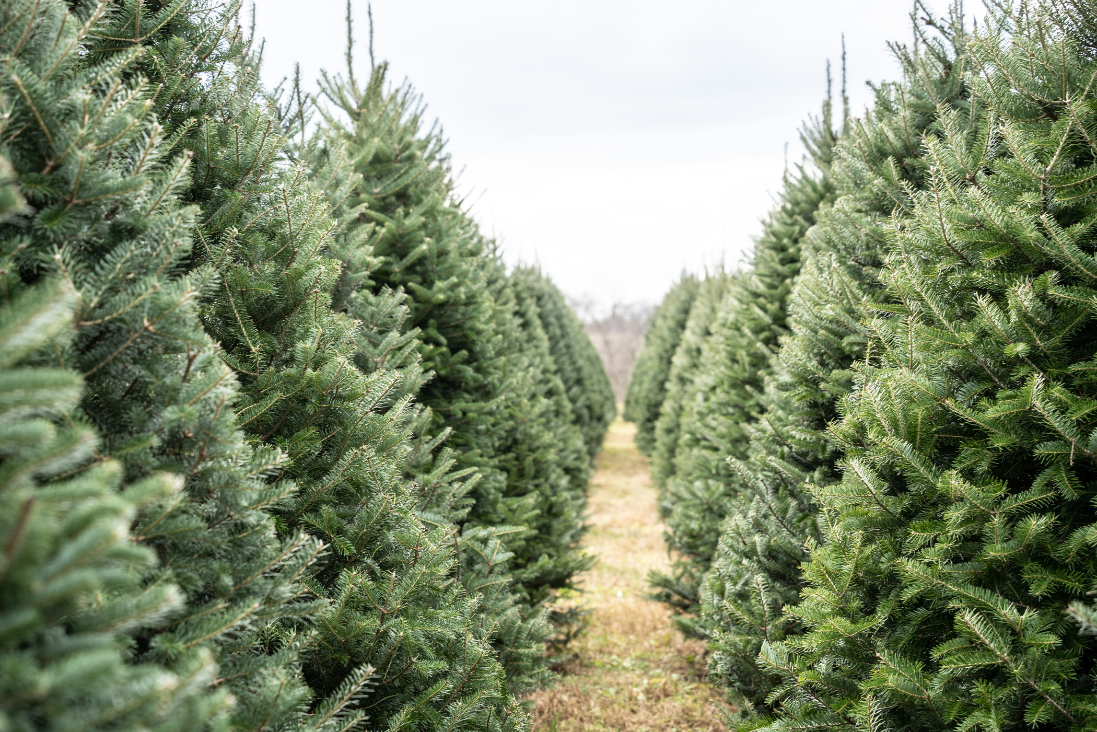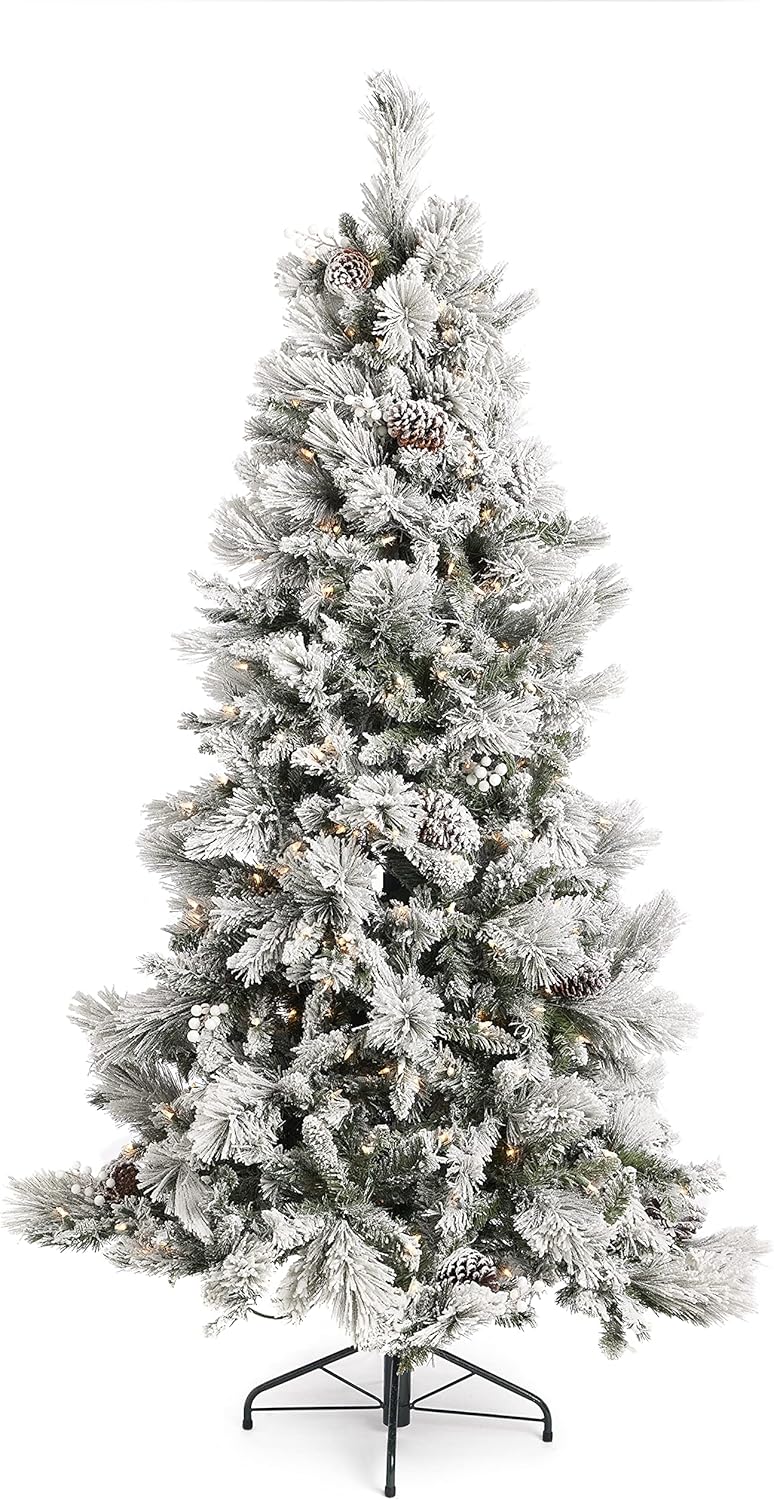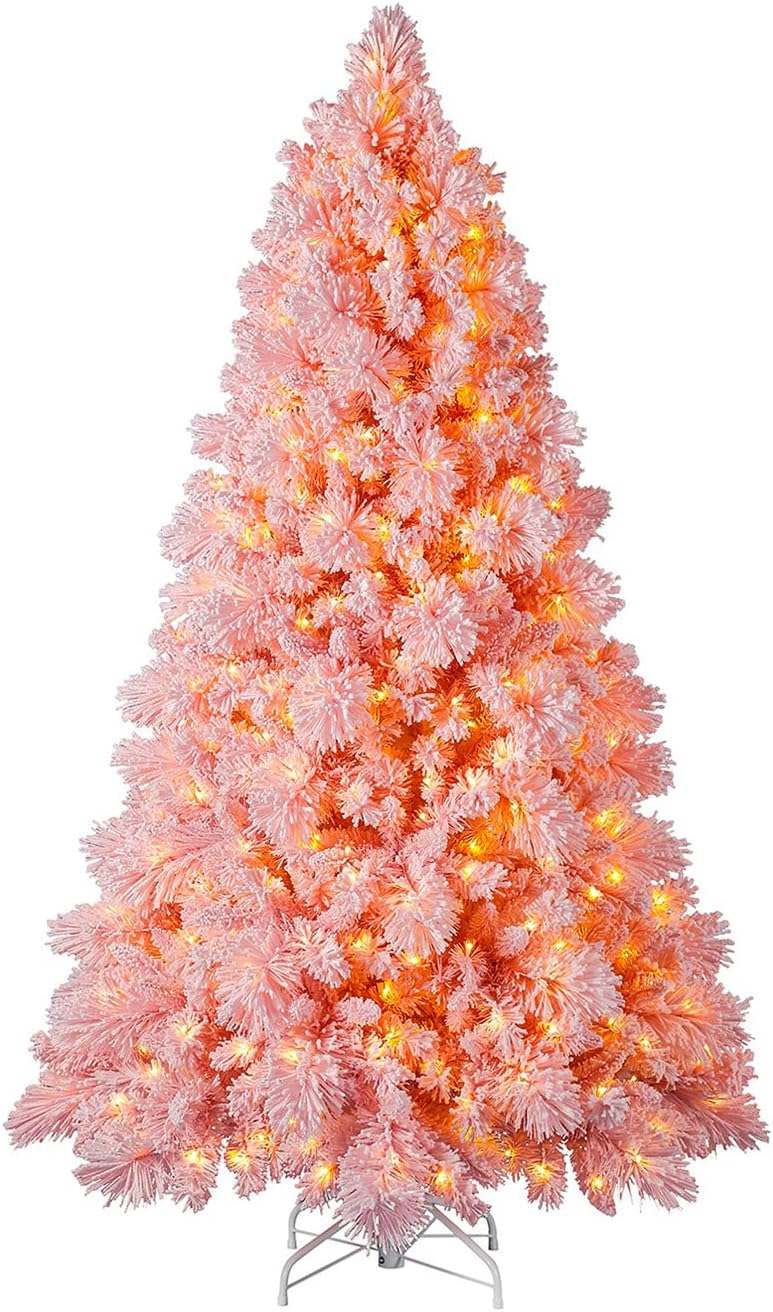Choosing between a real and a fake Christmas tree is one of those seasonal decisions that feels surprisingly complex once you start weighing the options. On one hand, there’s the authenticity of a real tree—the scent, the look, and that whole ritual of picking one out and bringing it home. On the other hand, there’s the appeal of fake Christmas trees that you can reuse year after year, knowing they’re sturdy and reliable. So, if you’re caught in the middle, let’s break down what really sets these options apart—from environmental impact to cost, convenience, and, yes, even that signature Christmas tree look.
Environmental Impact
Winner: Real Christmas Trees
The environmental footprint of Christmas trees is a huge consideration these days, with both types of trees having pros and cons in this area. Real trees are typically grown on farms specifically for holiday purposes, which means that cutting one down doesn’t directly reduce natural forest cover. These trees absorb carbon dioxide during their years of growth, and after the holidays, they can be recycled as mulch or used in other eco-friendly ways. Many cities even offer tree recycling programs that turn old trees into wood chips for parks, so disposal doesn’t necessarily mean adding to a landfill.
Artificial trees, on the other hand, have their own set of environmental considerations. Most are made of polyvinyl chloride (PVC), a plastic that’s durable but not exactly environmentally friendly. Since they’re also usually manufactured overseas, there’s a carbon footprint associated with transportation. However, if you reuse your artificial tree for at least five to ten years, some studies suggest it could offset its environmental impact compared to buying a fresh tree annually. So, for those who prefer artificial trees, making it last can be a way to lessen the impact.
Cost Considerations
Winner: Tie (depends on long-term use)
When it comes to cost, there’s a bit of a trade-off between short-term and long-term investment. A real Christmas tree is generally less expensive up front; prices can vary widely based on size and location, but you’re likely looking at around $75 to $100 per tree. Over the years, though, this annual expense adds up, especially if you’re committed to buying a fresh tree each holiday season.
In contrast, artificial trees can be a more expensive upfront purchase, especially for models designed to look realistic. High-quality, pre-lit artificial trees can range anywhere from $100 to $500 or more, depending on size and style. However, because they can last many seasons with proper storage, the long-term savings can be significant. For many, it comes down to personal preference—whether they’d rather invest in a tree once or enjoy the ritual and freshness of a real tree every year.
Convenience and Maintenance
Winner: Artificial Christmas Trees
For anyone who values ease and efficiency, the care differences between real and artificial Christmas trees can be a deciding factor. A real tree requires regular maintenance—it needs water daily to prevent it from drying out and becoming a fire hazard. Plus, you’ll need to deal with fallen needles and sap, both of which can create quite a mess, especially if you have pets or children around. Real trees also require setup time when bringing them home, finding a way to secure them in a tree stand, and making sure they’re stable and safe.
Artificial trees offer a much more hands-off experience. Once you’ve assembled it, there’s very little ongoing maintenance, and it stays clean without shedding needles all over your floor. If it’s a pre-lit tree, you can skip the hassle of stringing lights. When the holidays are over, you simply disassemble and store it away until the next season. For those who prefer a more straightforward approach without the extra cleanup, an artificial tree definitely has its perks.
Aesthetic Appeal
Winner: Real Christmas Trees
A real Christmas tree brings with it an undeniable sense of authenticity. From the fresh pine scent to the natural, slightly imperfect shape, it has a charm that’s hard to replicate. Each tree has its own unique character, which many people find enhances the holiday feel in their home while complementing their Christmas decor. Some might say that real trees simply bring a bit of nature indoors, something that artificial trees—no matter how advanced—can’t fully capture.
That said, artificial trees have come a long way in terms of appearance. Higher-end models now have branches made to mimic real needles, and some flocked Christmas trees are so realistic that it can be hard to tell the difference at a glance. Pre-lit Christmas trees also allow for different lighting modes, which can be a fun bonus for those who like a bit of variety. If you’re someone who appreciates a “perfect” symmetrical look or prefers to avoid the unpredictability of real trees, a skinny artificial tree makes achieving that classic Christmas aesthetic easier while taking up less space.
Health and Safety
Winner: Artificial Christmas Trees
Real Christmas trees are a potential allergen, especially for those sensitive to mold or pollen. Bringing a live tree indoors can sometimes trigger allergies or respiratory issues, which can put a damper on the holiday spirit. Additionally, real trees require consistent watering to prevent them from drying out, as a dry tree is a higher fire risk. Families with young children or pets might also find the water stand challenging to manage, as it can be a source of curiosity for little ones.
Artificial trees, by contrast, tend to be hypoallergenic and don’t pose the same fire risks if they’re made with fire-retardant materials. While they lack the fresh pine smell, you can always add that with natural essential oils or tree-scented candles if that’s part of the experience you enjoy. For households where allergies or fire safety are significant concerns, an artificial tree offers peace of mind without sacrificing the festive look.
Sustainability and Disposal
Winner: Real Christmas Trees
Disposing of a Christmas tree responsibly is an important part of the decision-making process for many. Real trees, when responsibly recycled or composted, contribute less waste and can even be repurposed into something useful. Many communities offer curbside tree pickup after the holidays or have designated drop-off sites where trees are chipped for mulch. However, if real trees end up in a landfill, they contribute to methane emissions as they decompose, which is something to consider.
Artificial trees, unfortunately, don’t offer the same ease of disposal. Due to their plastic and metal components, they aren’t biodegradable, which means they’ll eventually end up in a landfill when they’re no longer usable. This longevity can be balanced by reusing the tree for as many years as possible, but disposal is still an environmental downside that can’t be overlooked.




